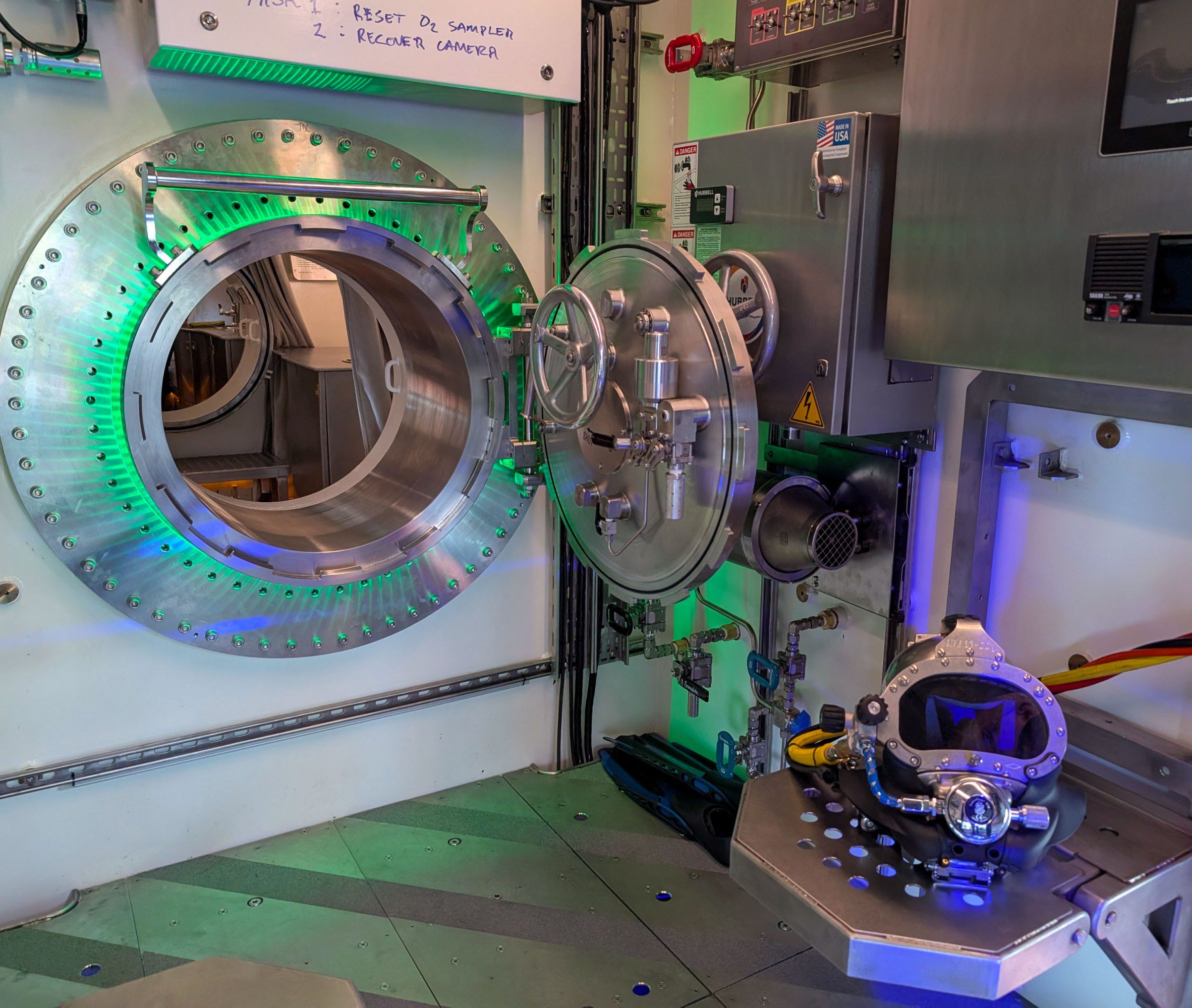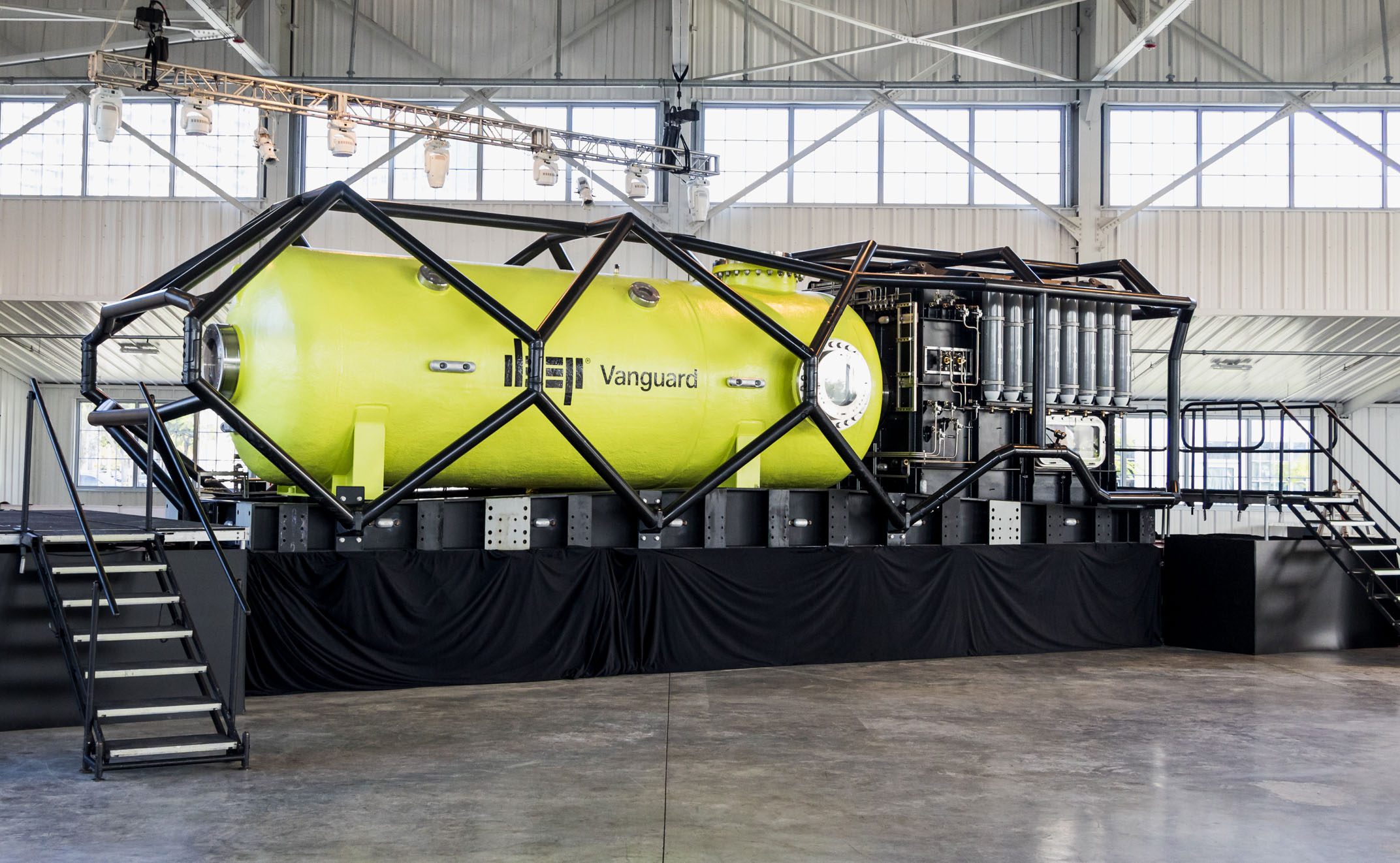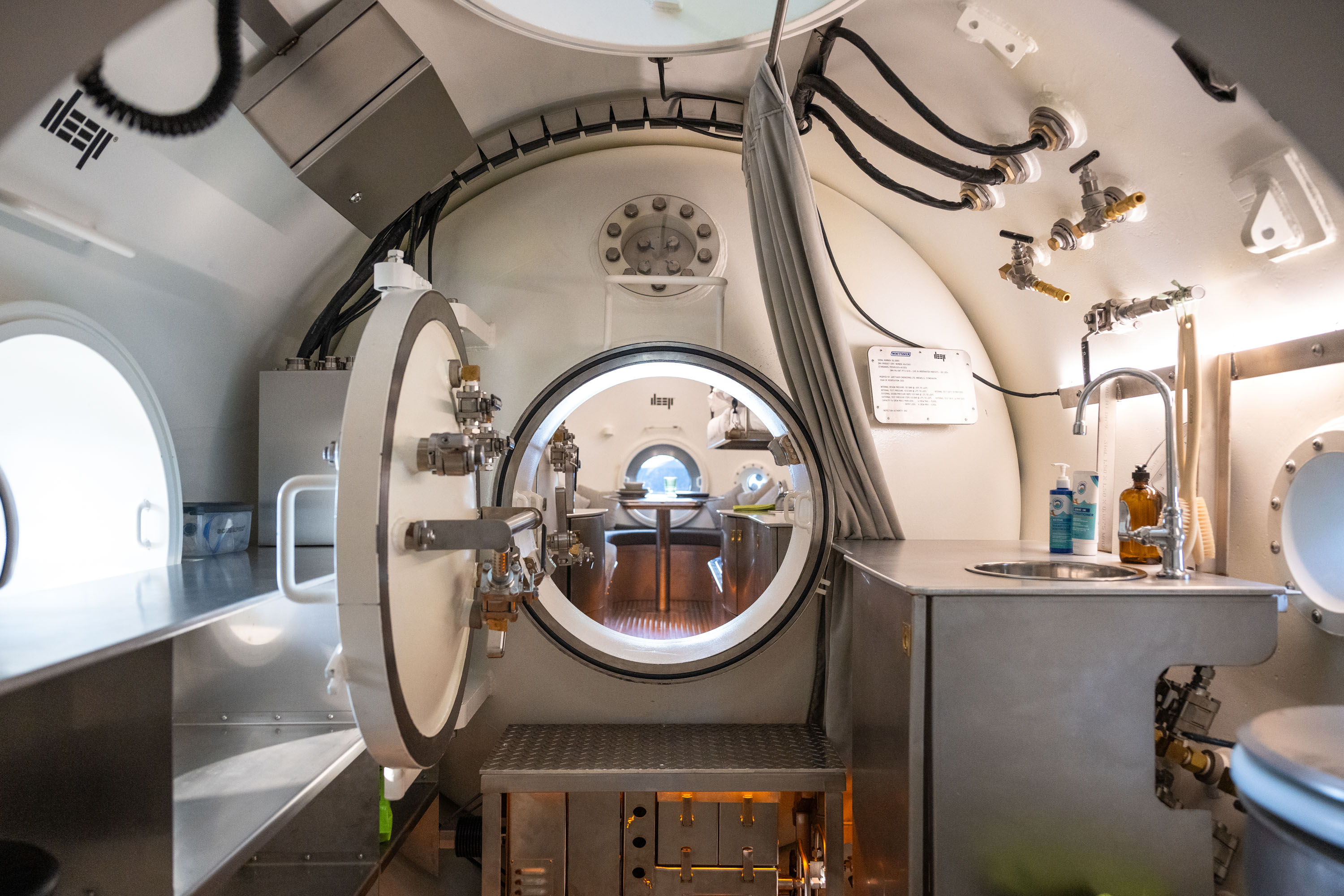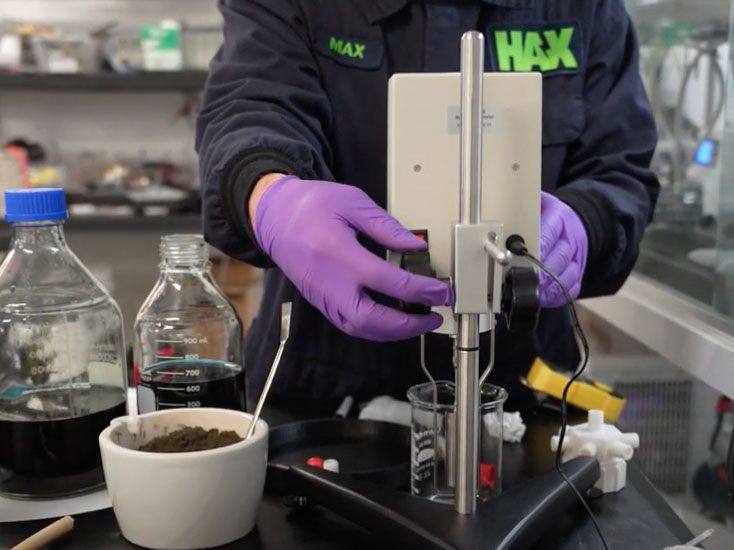These technologies could help put a stop to animal testing
Earlier this week, the UK’s science minister announced an ambitious plan: to phase out animal testing.
Testing potential skin irritants on animals will be stopped by the end of next year, according to a strategy released on Tuesday. By 2027, researchers are “expected to end” tests of the strength of Botox on mice. And drug tests in dogs and nonhuman primates will be reduced by 2030.
The news follows similar moves by other countries. In April, the US Food and Drug Administration announced a plan to replace animal testing for monoclonal antibody therapies with “more effective, human-relevant models.” And, following a workshop in June 2024, the European Commission also began working on a “road map” to phase out animal testing for chemical safety assessments.
Animal welfare groups have been campaigning for commitments like these for decades. But a lack of alternatives has made it difficult to put a stop to animal testing. Advances in medical science and biotechnology are changing that.
Animals have been used in scientific research for thousands of years. Animal experimentation has led to many important discoveries about how the brains and bodies of animals work. And because regulators require drugs to be first tested in research animals, it has played an important role in the creation of medicines and devices for both humans and other animals.
Today, countries like the UK and the US regulate animal research and require scientists to hold multiple licenses and adhere to rules on animal housing and care. Still, millions of animals are used annually in research. Plenty of scientists don’t want to take part in animal testing. And some question whether animal research is justifiable—especially considering that around 95% of treatments that look promising in animals don’t make it to market.
In recent decades, we’ve seen dramatic advances in technologies that offer new ways to model the human body and test the effects of potential therapies, without experimenting on humans or other animals.
Take “organs on chips,” for example. Researchers have been creating miniature versions of human organs inside tiny plastic cases. These systems are designed to contain the same mix of cells you’d find in a full-grown organ and receive a supply of nutrients that keeps them alive.
Today, multiple teams have created models of livers, intestines, hearts, kidneys and even the brain. And they are already being used in research. Heart chips have been sent into space to observe how they respond to low gravity. The FDA used lung chips to assess covid-19 vaccines. Gut chips are being used to study the effects of radiation.
Some researchers are even working to connect multiple chips to create a “body on a chip”—although this has been in the works for over a decade and no one has quite managed it yet.
In the same vein, others have been working on creating model versions of organs—and even embryos—in the lab. By growing groups of cells into tiny 3D structures, scientists can study how organs develop and work, and even test drugs on them. They can even be personalized—if you take cells from someone, you should be able to model that person’s specific organs. Some researchers have even been able to create organoids of developing fetuses.
The UK government strategy mentions the promise of artificial intelligence, too. Many scientists have been quick to adopt AI as a tool to help them make sense of vast databases, and to find connections between genes, proteins and disease, for example. Others are using AI to design all-new drugs.
Those new drugs could potentially be tested on virtual humans. Not flesh-and-blood people, but digital reconstructions that live in a computer. Biomedical engineers have already created digital twins of organs. In ongoing trials, digital hearts are being used to guide surgeons on how—and where—to operate on real hearts.
When I spoke to Natalia Trayanova, the biomedical engineering professor behind this trial, she told me that her model could recommend regions of heart tissue to be burned off as part of treatment for atrial fibrillation. Her tool would normally suggest two or three regions but occasionally would recommend many more. “They just have to trust us,” she told me.
It is unlikely that we’ll completely phase out animal testing by 2030. The UK government acknowledges that animal testing is still required by lots of regulators, including the FDA, the European Medicines Agency, and the World Health Organization. And while alternatives to animal testing have come a long way, none of them perfectly capture how a living body will respond to a treatment.
At least not yet. Given all the progress that has been made in recent years, it’s not too hard to imagine a future without animal testing.
This article first appeared in The Checkup, MIT Technology Review’s weekly biotech newsletter. To receive it in your inbox every Thursday, and read articles like this first, sign up here.






